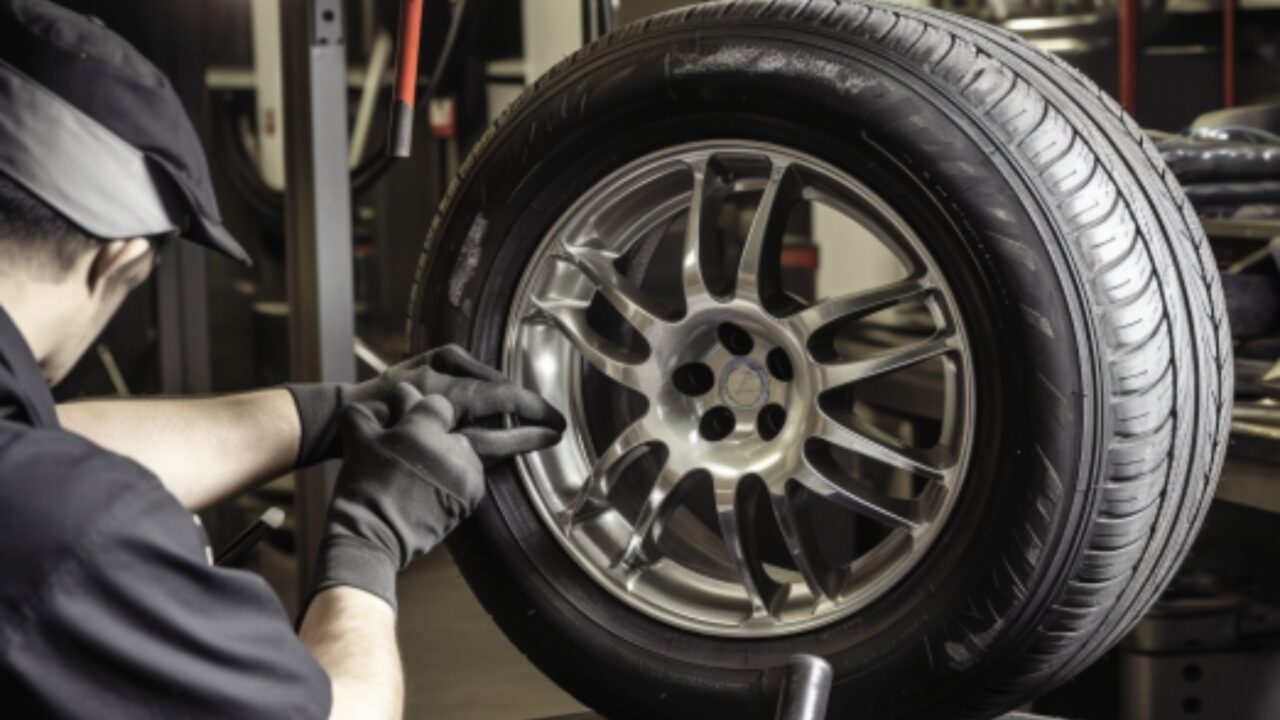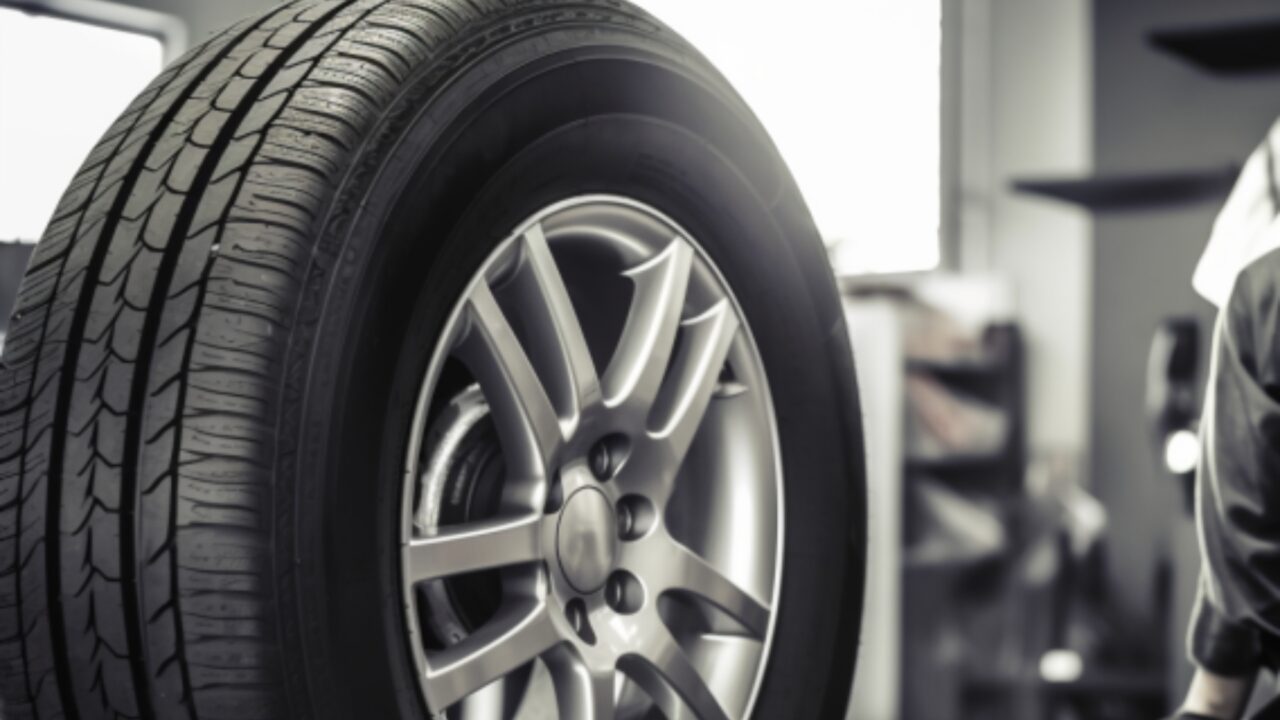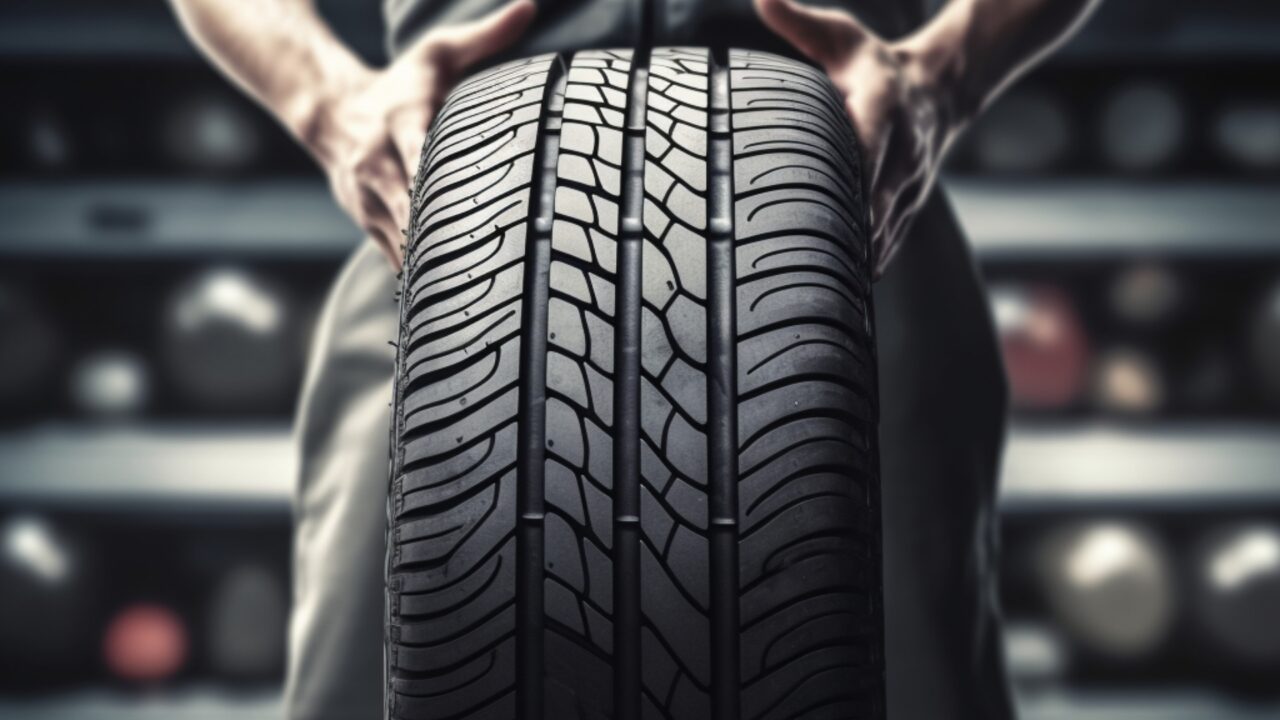Discover the ultimate guide to buying electric car tyres. Unravel the mystery behind tyre markings and make informed decisions with our informative tyre-buying guide. Don’t let tyre buying be a foreign language.
With many of us looking to save money, sometimes replacing worn or flat tyres can be cheaper by using mobile services or purchasing over the Internet. Purchasing tyres for the first time can feel like decoding a foreign language. However, the markings on the tyre wall carry crucial information that will help you make an informed decision when replacing your old tyres.

Electric Vehicle Tyres
EVs may look similar to their internal combustion engine counterparts but they are typically heavier because of the batteries. This extra weight puts added pressure on the tyres.
EV tyres are engineered to handle the extra weight and provide a quieter ride. The tyres are often optimised to balance grip and range without compromising safety and manufacturers say using non-EV tyres can decrease range by up to 20% so it is better to match those specified by the manufacturer as original.
Keep an eye out for specific markings that indicate manufacturers’ EV tyres such as e or sometimes XL. Look for symbols denoting EV-specific tyres, as well as markings for low rolling resistance LRR to improve range and efficiency.
Always refer to your vehicle manufacturer’s guidelines for the most accurate tyre selection.
Tyre markings
The markings, consisting of letters and numbers, can be found on the side of the tyre called the tyre wall. These markings indicate the tyre size width, height, diameter, load capacity, and speed rating of the tyres.
Width
Tyre width is measured in millimetres (mm) and typically ends with the number ‘5’ for the majority of car tyres.
Tyre width plays a significant role in your car’s performance and fuel efficiency because it is the area of the tyre in contact with the road and affects rolling resistance and fuel economy.

Profile
The profile is the aspect ratio of the height of the tyre’s sidewall as a percentage of its width. For example, if a tyre has an aspect ratio of 65, the height of the sidewall is 65% of the tyre’s width.
Lower-profile tyres have stiffer sidewalls while higher-profile tyres offer a more comfortable ride. Low-profile tyres have become more popular for their look rather than their performance.
Rim Diameter
Rim diameter refers to the size of the metal wheel that fits in the centre of the tyre. Most car wheels are measured in whole inches and typically range from 14″ to 21″. Again, large-diameter wheels and low-profile tyres are often chosen for their look, over any performance benefits.
“R” denotes the standard Radial construction
“B” for Bias-ply
Load ratings
The load index of your tyre relates to the maximum weight that a tyre can safely carry. Overloading your tyres can make your car unstable and increase the risk of a blowout, especially at greater speeds.

Passenger car tyres typically have load indices ranging from 75 to 104. For example, the index figure of 75 means a load-carrying ability of 387kg and a 104-rated tyre can carry 900kg.
Electric cars are generally heavy vehicles and ratings will tend to be at the upper end of the scale.
Speed ratings
The speed index is represented by letters and indicates the maximum safe speed at which your tyre can operate for up to 10 minutes while supporting the maximum weight and is specified by the manufacturers.
Using tyres with a lower speed index is not recommended and may even invalidate your insurance.
Common symbols are Q for 99mph, R for 106mph, S for 112mph, T for 118 mph, H and VR for 131mph, V and ZR for 149mph, W for 168mph and Y for 186mph.
Other Markings
The letter ‘E’ and a number within a circle, signify European safety standards.
‘SSR’ are classified as ‘Self-Supporting Run-flat tyres that are designed to continue driving without tyre pressure on reinforced walls. MOE is a Mercedes-specific run-flat tyre.
Some tyres, particularly performance tyres, may have codes that indicate they are designed to meet the specific requirements of certain car manufacturers. For instance, a tyre manufacturer might offer different versions of a particular tyre to cater to the specific needs of Audi, BMW, and Mercedes-Benz vehicles. While these codes generally do not significantly affect the tyre’s specifications, they allow car manufacturers and tyre companies to charge a premium for these specialised options.

Remember, understanding these additional markings on tyres can provide you with valuable information about the tyre’s origin, safety standards, wear condition, and compatibility with specific vehicles. By familiarising yourself with these details, you can make a well-informed decision when purchasing tyres for your electric car.
